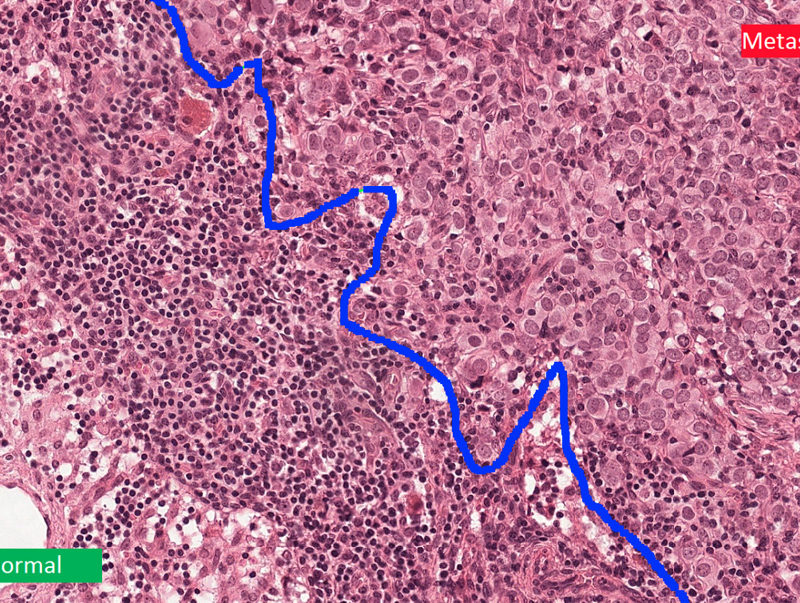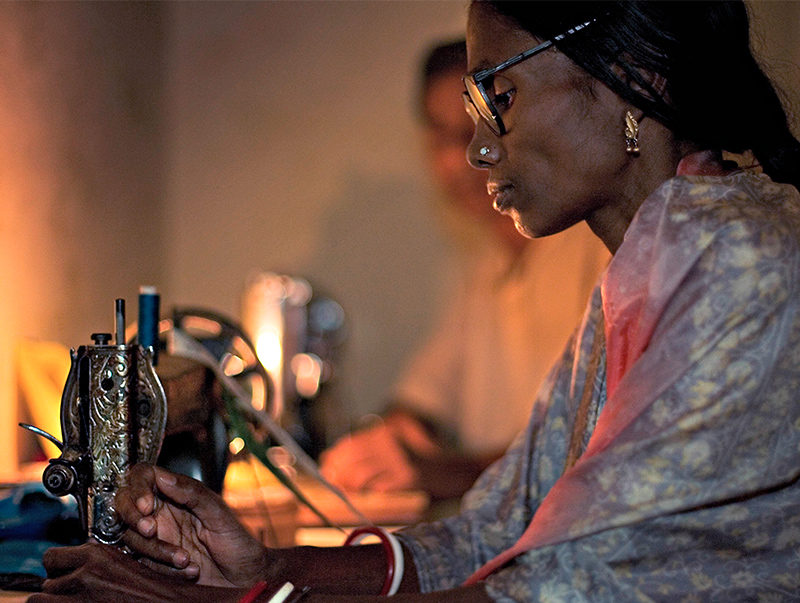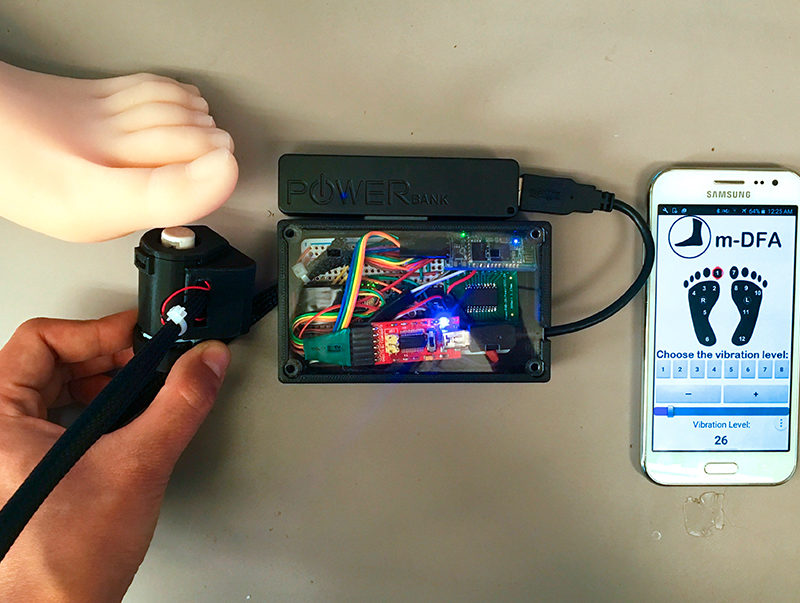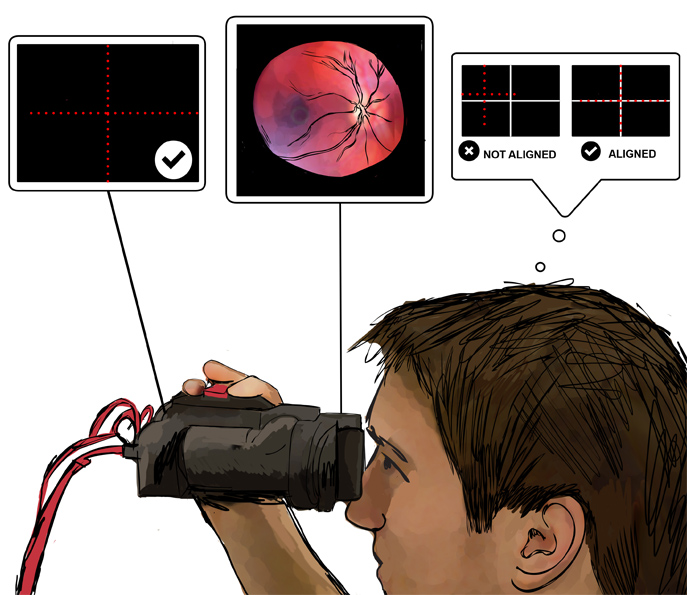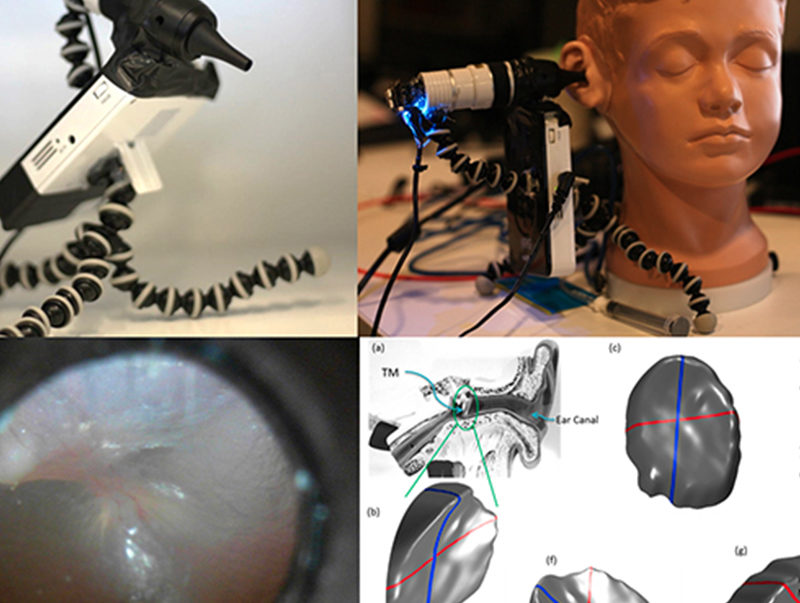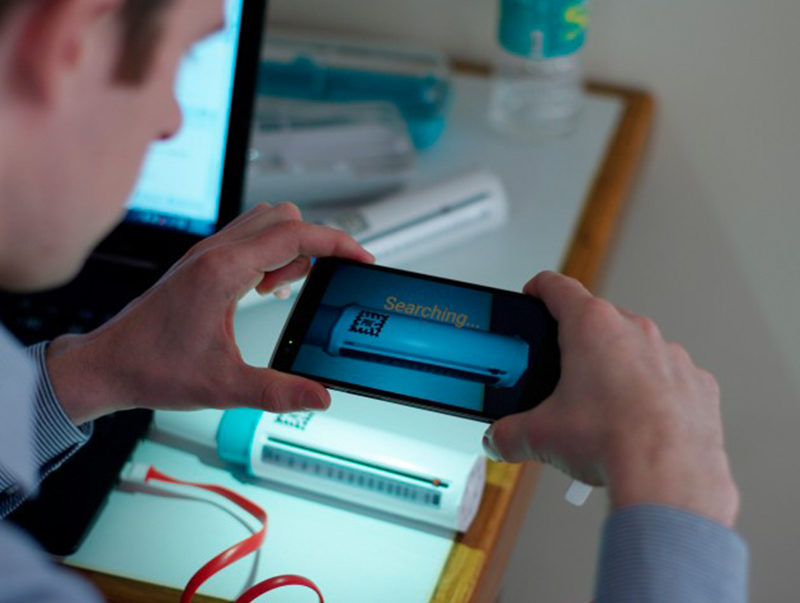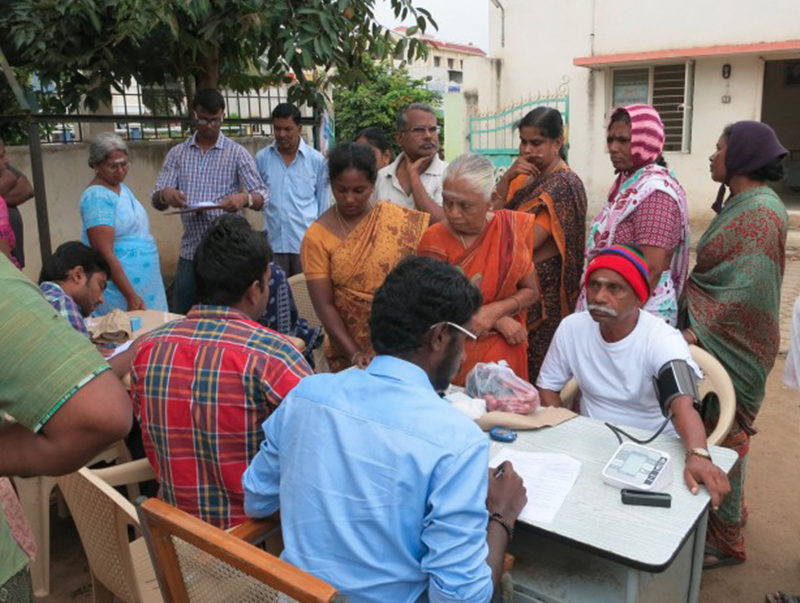
PROJECT DETAILS
- Focus Area Health Past
- Faculty Ramesh Raskar
- Fellow Shantanu Sinha
- Mentor Anshuman Das
Routine eye exams via a slit lamp are critical in detecting diseases such as cataracts, corneal injury, and detached retina early on to avert vision loss. Though simple in concept, the hardware complexity of current standard devices (slit lamps) limits their use to specialized ophthalmic clinics by trained professionals, rendering them impractical for resource-constrained settings. The goal of this project is to make this basic health service accessible in rural and poor communities in India by developing an easy-to-use ocular imaging device for the anterior segment of the eye.
This anterior segment ocular imaging system would exhibit functionality similar to a conventional slit lamp but through purely solid-state instrumentation and simplified optics. Current prototypes employ laser projection systems and light steering techniques to simulate the motion of a slit on the eye, similar to what is observed in a conventional slit lamp. This instrumentation would not require the presence of a trained physician and the entire data capture process could proceed automatically in less than five seconds driven by an internal feedback loop between the illumination and imaging modules.
Full computational control over the illumination would enable the capabilities of this technology to be extended well beyond the single slit, including generation of a complete 3D model of the anterior segment of the eye and extraction of quantitative data pertaining to the corneal epithelium, endothelium, iris and lens, thereby carving a market in developed economies as well. Additionally, this technology would be compact and would be easily packable into a wearable form factor to be integrated with the current standard of care workflow.



